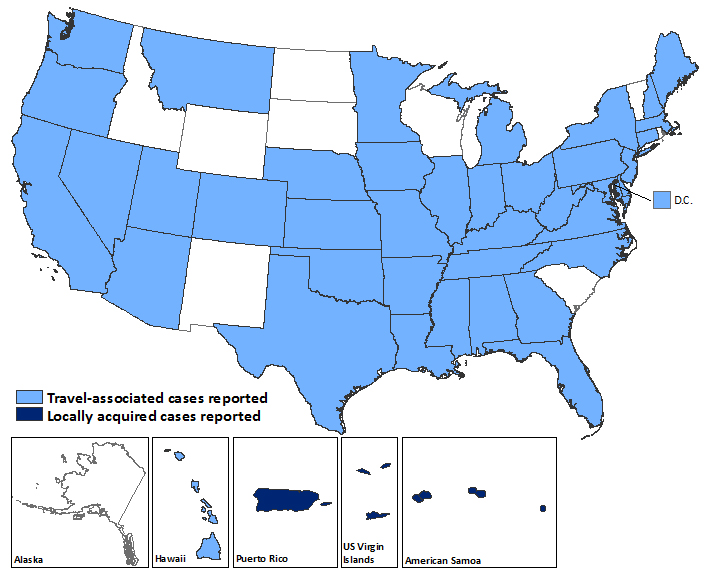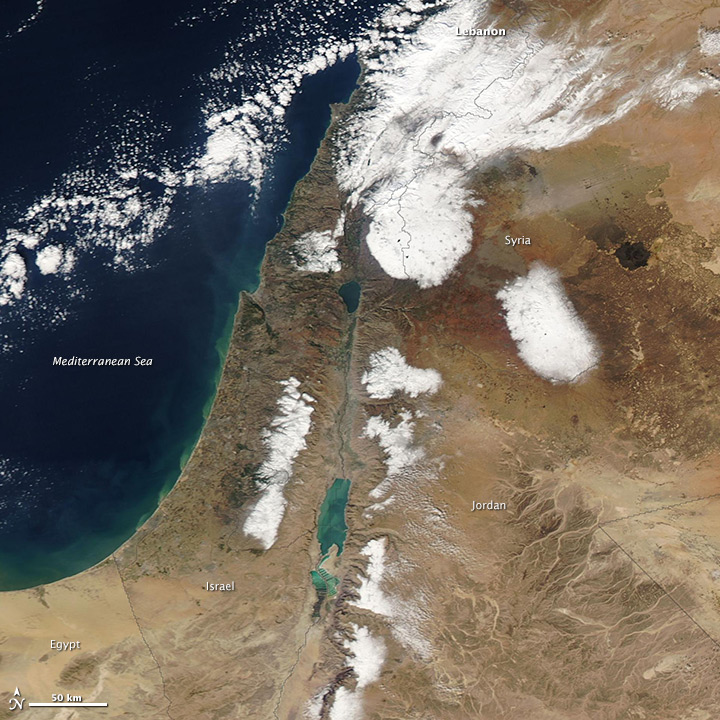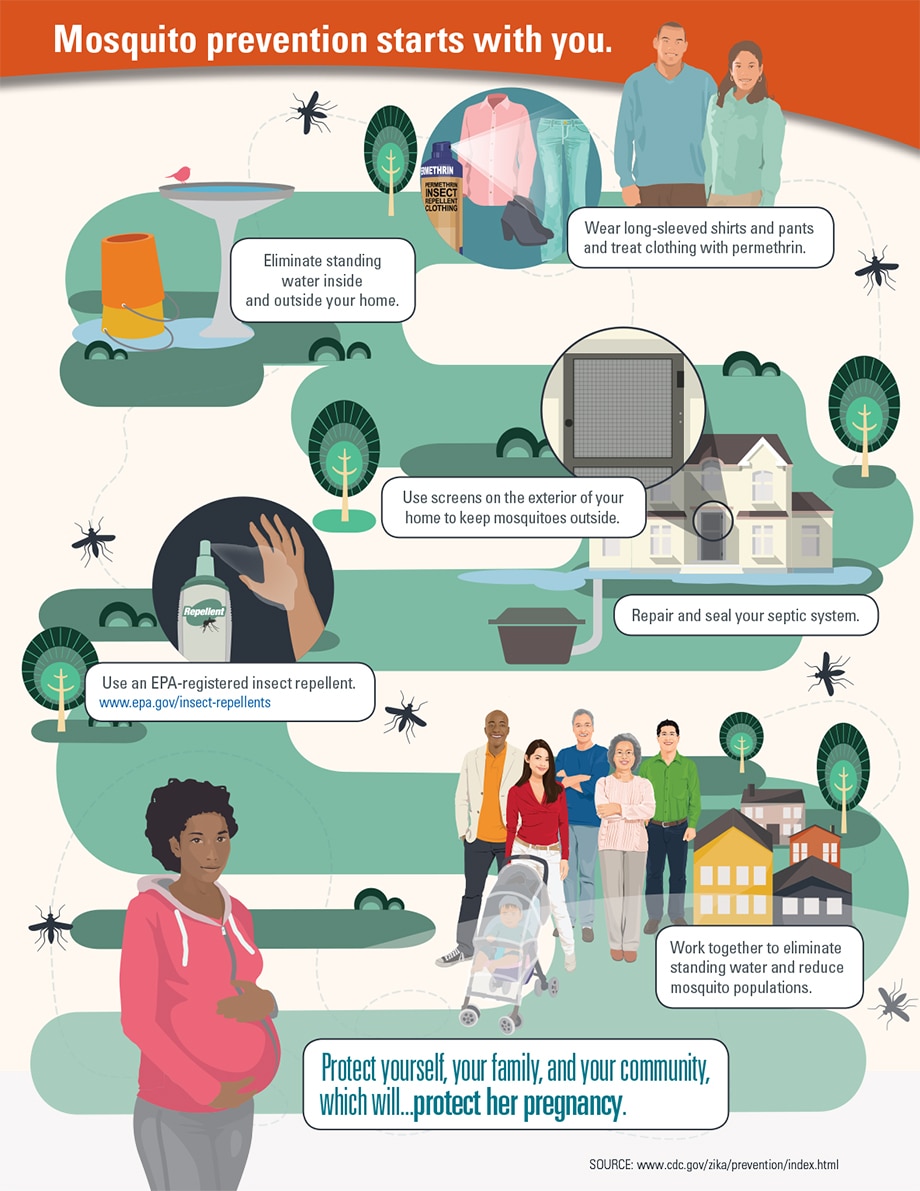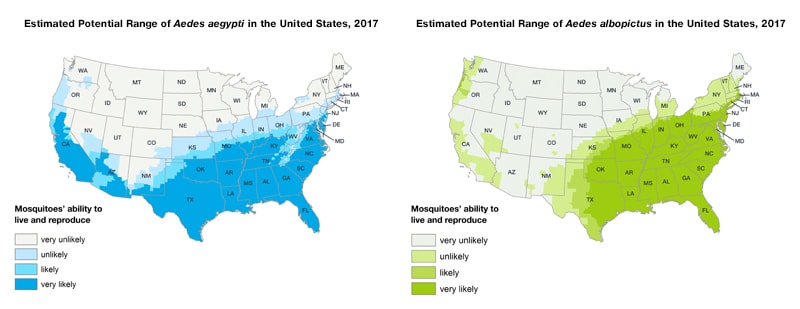Archive for April, 2016
** World leaders are concerned that jihadists want to buy basic drones that are widely available online to transport radioactive material into the heart of major cities in a strike that could kill thousands.
Sunday, April 3rd, 2016“….Isil is believed to have seized around 90 pounds of low grade uranium from Mosul University in Iraq after taking over the city in 2014, though its limited toxicity means its use would likely cause panic than serious harm. ….”
Migration Crisis…..again!
Sunday, April 3rd, 2016REUTERS :
“….Less than 24 hours before Greece is due to begin returning migrants to Turkey, little sign of preparation is evident on Lesbos…… Returns are due to begin on Monday, but where they will take place from and how many will be returned remains unclear…..”
“…..All forced returns to Syria are illegal under Turkish, EU and international law.
“In their desperation to seal their borders, EU leaders have wilfully ignored the simplest of facts: Turkey is not a safe country for Syrian refugees and is getting less safe by the day,” said John Dalhuisen, Amnesty International’s Director for Europe and Central Asia.
“The large-scale returns of Syrian refugees we have documented highlight the fatal flaws in the EU-Turkey deal. It is a deal that can only be implemented with the hardest of hearts and a blithe disregard for international law.”
The EU-Turkey deal paves the way for the immediate return to Turkey of Syrian refugees arriving on the Greek islands, on the grounds that it is safe country of asylum. EU officials have expressed the hope that returns could start as of Monday 4 April.
The EU’s extended courting of Turkey that preceded the deal has already had disastrous knock-on effects on Turkey’s own policies towards Syrian refugees.
“Far from pressuring Turkey to improve the protection it offers Syrian refugees, the EU is in fact incentivizing the opposite,” said John Dalhuisen.
“It seems highly likely that Turkey has returned several thousand refugees to Syria in the last seven to nine weeks. If the agreement proceeds as planned, there is a very real risk that some of those the EU sends back to Turkey will suffer the same fate.”……”
Palmyra: The remains of about 40 people, 23 of them women and children, were found in mass graves.
Sunday, April 3rd, 2016** Zika Action Plan Summit: CDC
Saturday, April 2nd, 2016National Zika Summit Focused on Coordinated U.S. Response
Officials from most-at-risk states in Atlanta to develop action plans for implementation following Summit
Today, more than 300 local, state, and federal government officials; health experts; and non-government partners are gathering at the Centers for Disease Control and Prevention (CDC) to prepare for the likelihood of mosquito-borne transmission of the Zika virus in some parts of the continental United States. The Commonwealth of Puerto Rico, U.S. Virgin Islands, and American Samoa already are experiencing active Zika transmission.
Hosted by CDC, the one-day Zika Action Plan Summit brings together officials from local, state and federal jurisdictions, as well as non-government organizations, to help ensure a coordinated response to the mosquito-borne illness linked to the devastating birth defect microcephaly. The summit aims to identify gaps in readiness and provide technical support to states in the development of Zika action plans that will allow their jurisdictions to effectively prepare for and respond to active Zika transmission they may experience.
“The mosquitoes that carry Zika virus are already active in U.S. territories, hundreds of travelers with Zika have already returned to the continental U.S., and we could well see clusters of Zika virus in the continental U.S. in the coming months. Urgent action is needed, especially to minimize the risk of exposure during pregnancy,” said CDC Director Tom Frieden, M.D., M.P.H. “Everyone has a role to play. With federal support, state and local leaders and their community partners will develop a comprehensive action plan to fight Zika in their communities.”
Summit attendees will hear the latest scientific knowledge about Zika, including implications for pregnant women and strategies for mosquito control. The meeting also includes opportunities to learn about best communications practices; identify possible gaps in preparedness and response at the federal, state, and local levels; and help begin to address those gaps, including through the refinement of draft Zika action plans. Representatives from state and local jurisdictions will meet with experts to get technical assistance and guidance on their Zika action plans.
“The Administration is coordinating a whole-of-government effort to ensure that we are taking all available steps to prepare for Zika and work together with state, local, tribal, and territorial officials to protect Americans,” said Amy Pope, J.D., White House Deputy Homeland Security Advisor and Deputy Assistant to the President. “That’s why President Obama has requested $1.9 billion to prepare for, detect, and respond to any potential Zika outbreaks here at home, and limit the spread in other countries.”
Presenters will include CDC experts on Zika’s risk to pregnant women and their fetuses, identification and diagnosis of Zika, mosquito control, and what local and state leaders can do. Representatives from Florida, New York City, Texas, and Puerto Rico will discuss state and local response to other mosquito-borne diseases, including chikungunya, dengue, and West Nile virus.
Also today, CDC released a Vital Signs report with information that reinforces previous CDC guidance and suggested actions that pregnant women and their partners can take to prevent Zika virus infection during pregnancy. The Vital Signs report describes what the U.S. government is doing, what state and local public health agencies and healthcare providers can do, and what can be done to prevent mosquito bites that potentially spread Zika. The report also includes an updated map of the U.S. with the latest available information on where the mosquitoes that can transmit the virus have been found.
Zika virus disease is caused by Zika virus that is spread to people primarily through the bite of infected Aedes aegypti and Aedes albopictus mosquitoes, though Aedes aegypti are more likely to spread Zika. Sexual transmission also has been documented. There is currently no vaccine or treatment for Zika. The most common symptoms of Zika are fever, rash, joint pain, and conjunctivitis (red eyes). In previous outbreaks, the illness has typically been mild with symptoms lasting for several days to a week after being bitten by an infected mosquito. However, mounting evidence links Zika virus infection in pregnant women with a serious birth defect of the brain called microcephaly. Zika also has been linked to Guillain-Barré syndrome (GBS), an uncommon sickness of the nervous system in which a person’s immune system damages the nerve cells, causing muscle weakness and sometimes paralysis.
Portions of the Zika Action Plan Summit are available via live webcast. For more information about the webcast or summit, visit: http://www.cdc.gov/zap/index.html.
** Zika virus disease in the United States, 2015–2016
Saturday, April 2nd, 2016Zika virus disease in the United States, 2015–2016
As of March 30, 2016 (5 am EST)
- Zika virus disease and Zika virus congenital infection are nationally notifiable conditions.
- This update from the CDC Arboviral Disease Branch includes provisional data reported to ArboNET for January 1, 2015 – March 30, 2016.
US States
- Travel-associated Zika virus disease cases reported: 312
- Locally acquired vector-borne cases reported: 0
- Of the 312 cases reported, 27 were pregnant women, 6 were sexually transmitted, and 1 had Guillain-Barré syndrome
US Territories
- Travel-associated cases reported: 3
- Locally acquired cases reported: 349
- Of the 352 cases reported, 37 were pregnant women and 1 had Guillain-Barré syndrome

Laboratory-confirmed Zika virus disease cases reported to ArboNET by state or territory — United States, 2015–2016 (as of March 30, 2016)
| States | Travel-associated cases* No. (%) (N=312) |
Locally acquired cases† No. (%) (N=0) |
|---|---|---|
| Alabama | 2 (1) | 0 (0) |
| Arizona | 1 (<1) | 0 (0) |
| Arkansas | 1 (<1) | 0 (0) |
| California | 17 (6) | 0 (0) |
| Colorado | 2 (1) | 0 (0) |
| Connecticut | 1 (<1) | 0 (0) |
| Delaware | 3 (1) | 0 (0) |
| District of Columbia | 3 (1) | 0 (0) |
| Florida | 74 (24) | 0 (0) |
| Georgia | 9 (3) | 0 (0) |
| Hawaii | 5 (2) | 0 (0) |
| Illinois | 9 (3) | 0 (0) |
| Indiana | 5 (2) | 0 (0) |
| Iowa | 4 (1) | 0 (0) |
| Kansas | 1 (<1) | 0 (0) |
| Kentucky | 3 (1) | 0 (0) |
| Louisiana | 2 (1) | 0 (0) |
| Maine | 1 (<1) | 0 (0) |
| Maryland | 6 (2) | 0 (0) |
| Massachusetts | 7 (2) | 0 (0) |
| Michigan | 2 (1) | 0 (0) |
| Minnesota | 12 (4) | 0 (0) |
| Mississippi | 2 (1) | 0 (0) |
| Missouri | 1 (<1) | 0 (0) |
| Montana | 1 (<1) | 0 (0) |
| Nebraska | 2 (1) | 0 (0) |
| Nevada | 2 (<1) | 0 (0) |
| New Hampshire | 2 (1) | 0 (0) |
| New Jersey | 5 (1) | 0 (0) |
| New York | 46 (15) | 0 (0) |
| North Carolina | 7 (2) | 0 (0) |
| Ohio | 9 (3) | 0 (0) |
| Oklahoma | 3 (1) | 0 (0) |
| Oregon | 6 (2) | 0 (0) |
| Pennsylvania | 11 (4) | 0 (0) |
| Tennessee | 1 (<1) | 0 (0) |
| Texas | 27 (9) | 0 (0) |
| Utah | 2 (1) | 0 (0) |
| Virginia | 8 (3) | 0 (0) |
| Washington | 2 (1) | 0 (0) |
| West Virginia | 5 (2) | 0 (0) |
| Territories | (N=3) | (N=349) |
| American Samoa | 0 (0) | 14 (4) |
| Puerto Rico | 2 (67) | 325 (93) |
| US Virgin Islands | 1 (33) | 10 (3) |
*Travelers returning from affected areas, their sexual contacts, or infants infected in utero
†Presumed local mosquito-borne transmission
** CDC Maps: Aedes albopictus and aegyptii in the USA
Friday, April 1st, 2016Amnesty International: Turkey has illegally forced about 100 Syrians a day since mid-January back to their war-torn country
Friday, April 1st, 2016
** “…Under the “non-refoulement” principle of international humanitarian law, a state is prohibited from deporting individuals to a war zone…..”





